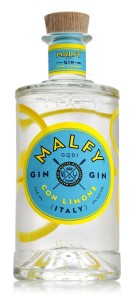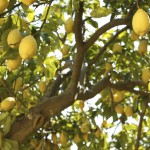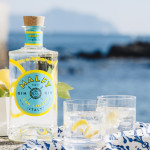You Oughta Know Bitter…
That’s the tagline of a fascinating company that has entered the bitters business and is claiming a stake in the cocktail culture and beyond.
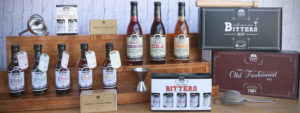
It is also the story of three friends with entrepreneurial skills and passion who, with the help of Kickstarter, started a business and making quite an impact. Just like the bitters they make, their diverse and eclectic backgrounds merge very nicely to create an outstanding product and a company with vision and values.
I met the team at the suggestion of my friend Sean O’Rourke from Fedway Distributors in NJ. Sean is the Craft Category Manager, a rising star at Fedway, and someone with first hand knowledge about craft and startup ventures. With his recommendation in mind I set off to Long Island City, Queens to meet the owners.
The Team
Jomaree Pinkard is the CEO, a Wharton MBA with over a decade of experience in the consulting and financial industries. Eddie Simeon is the CMO, a senior digital strategist and former Adweek executive with experience in commercial media development. Tobin Ludwig is the COO and an F&B industry veteran, a James Beard House featured craft bartender, educator and beverage consultant.

The partners came together at various times in their lives as friends and business associates. Among other things, they shared a passion for food and do-it-yourself culinary efforts, including making their own bitters as a hobby. So, they made a batch of bitters, and friends and family loved it. So much so, that to meet the demand they went on Kickstarter and raised two and a half times what they had wanted.
Bitters
Let’s spend a minute on the topic of bitters. Here is a succinct history.
To cut to the chase, as they say, bitters have been around for centuries and ultimately found their way to become various types of medicines derived from plants or other types of natural resources. By the 19th century, the British and Colonial Americans added bitters to Canary wine (wines from the Canary Islands). From there they went to cocktails and to oblivion, thanks to prohibition. By the beginning of this century, they were back with a vengeance, and have become the backbone of most, if not all, cocktails. (See an earlier post on Gary Regan and his Orange Bitters No. 6.)
Why do I admire these guys?
Simple. They’re smart business people who understand that, in the craft world, “build it and they will come” just doesn’t work. They understand growth constraints, have developed business plans and strategies, and are outstanding marketers.
Bitters are a slow usage category with only a few drops used in a cocktail. My bottles of Angostura and Regan’s No. 6 Orange Bitters have been in my pantry since Methuselah was a teenager. (Sorry, I couldn’t resist an old expression.) So if you’re manufacturing bitters, there are limits to your growth and expansion.
What the Hella guys have done is produce a line of bitters—orange, aromatic, ginger, smoked chili, and ginger lemon. In addition, they recognize that bitters are of appeal to home chefs and do-it-yourselfers so they produced a Craft Your Own Bitters Kit. (I’m a proud owner of one of those kits and as you read this, my first batch of grapefruit bitters is aging.)
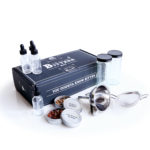
Other Products
Let’s start with cocktail syrups. These are also syrups used by many home bar chefs designed to help make cocktail mixing at home effortless and fun. These syrups make it easy to produce drinks at home that taste on par with what you will find in fancy cocktail bars. Hella makes three—hibiscus, cola, and tonic.
Here’s how they describe it:
Hella Cocktail Syrups are different than what you’re used to, and that’s just the way we like it. We wanted them to embody everything that Hella stands for so we made sure to use only the best all-natural ingredients, combined with just the right amount of cane sugar. Our 72-hour infusion of bark, fruit peel, and whole spices result in not too sweet and perfectly bitter syrups that make an excellent dry soda or a light and refreshing mixed drink or cocktail.
Another line of products includes Hella cocktail mixers—five in all, including Bloody Mary, Margarita, and Moscow Mule. I haven’t had a chance to try them as yet, but friends who have rave about them and think they’re among the best on the market.
Distribution and Sales
Here’s the part I really love.
While bitters generally contain high levels of alcohol, often 90°, in many states they are not considered an alcohol product, so you can buy them in grocery stores. They are also available in liquor stores. So distributors and retailers in both worlds are available to them.
In fact, check out the list ’A’ of retailers (in NYC): Williams Sonoma, Whole Foods, Chelsea Market, Whisk, Astor Wine and Spirits, to name a few.
Where to next?
They are not saying, so I feel free to speculate and perhaps offer an idea or two.
Based on the quality of their products, the commitment to excellence, and their entrepreneurial savvy, I hope they move from the margins of the booze business into the mainstream. My instinct tells me that if they were to add spirits to their mixers, the result would be a top shelf pre-mixed cocktail. Or, if they applied their creativity, they might come up with a proprietary spirits product that would make for an excellent cocktail.
But then again, these folks are smart. They know that focus is the key ingredient for an entrepreneurial success.
Incidentally, the name Hella comes from a popular expression—hella—as in a slang term meaning “very” or “extreme.” So Hella products can mean hella awesome or hella great. In old school slang, we used the term “helluva,” as in they make “helluva bitters.” Either way the term is appropriate for their products.
By the way, I’ll let you know how my do-it-yourself bitters product turns out. Check the Booze Business Facebook page https://www.facebook.com/boozebusiness/
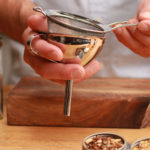

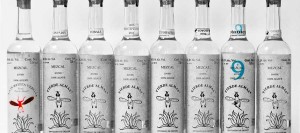
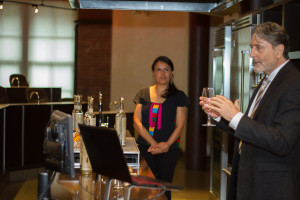
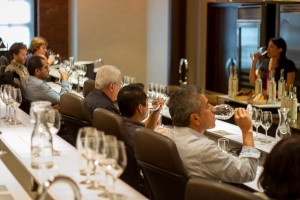 Oaxaca. It grows everywhere, is pest resistant and has a high yield. I found this to be smooth, somewhat sweet, and with a strong floral aroma.
Oaxaca. It grows everywhere, is pest resistant and has a high yield. I found this to be smooth, somewhat sweet, and with a strong floral aroma.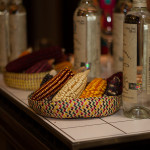
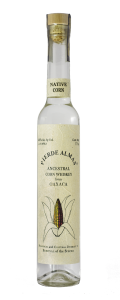 San Francisco. Here are some of the places in NYC in which you can find it:
San Francisco. Here are some of the places in NYC in which you can find it: 